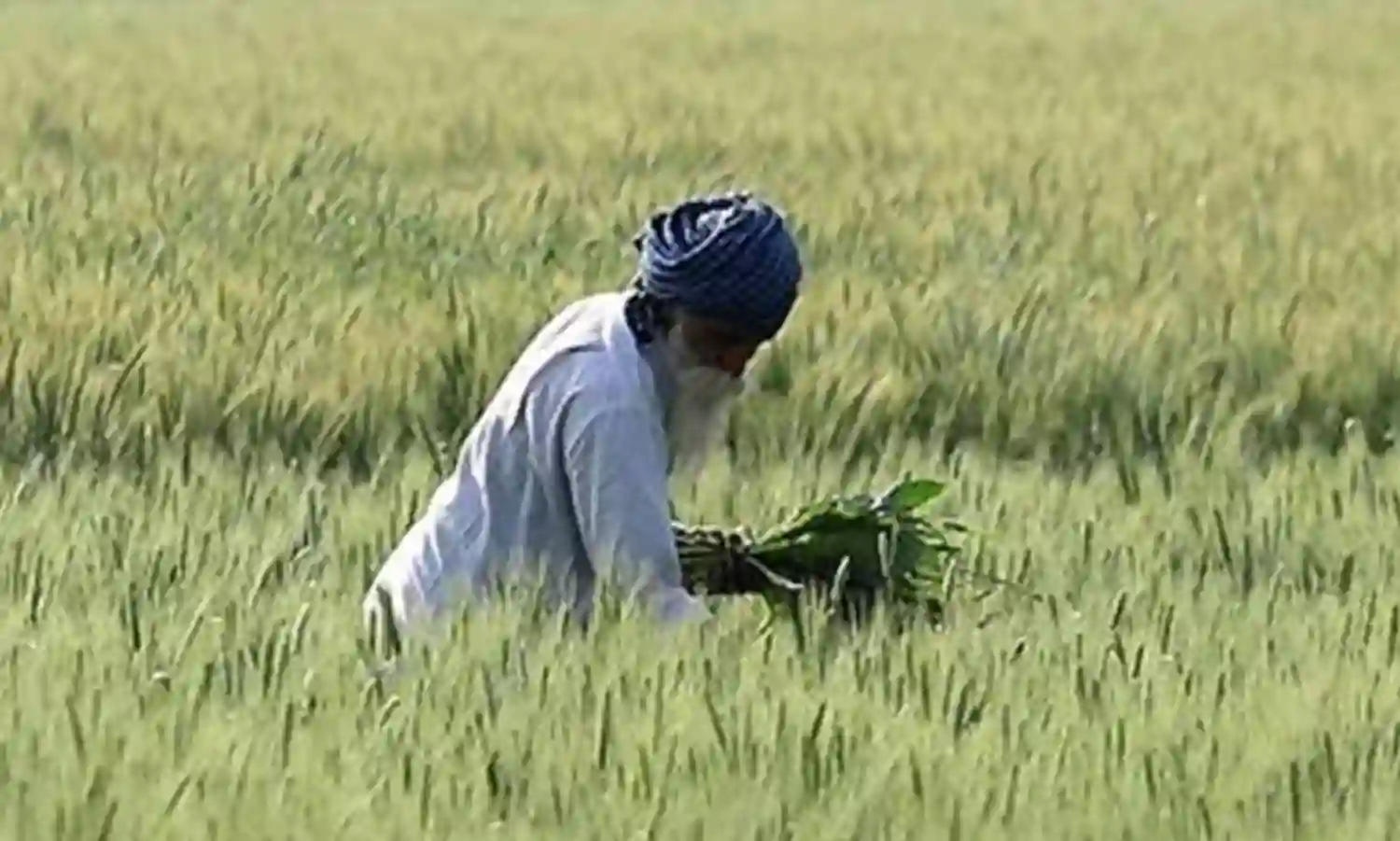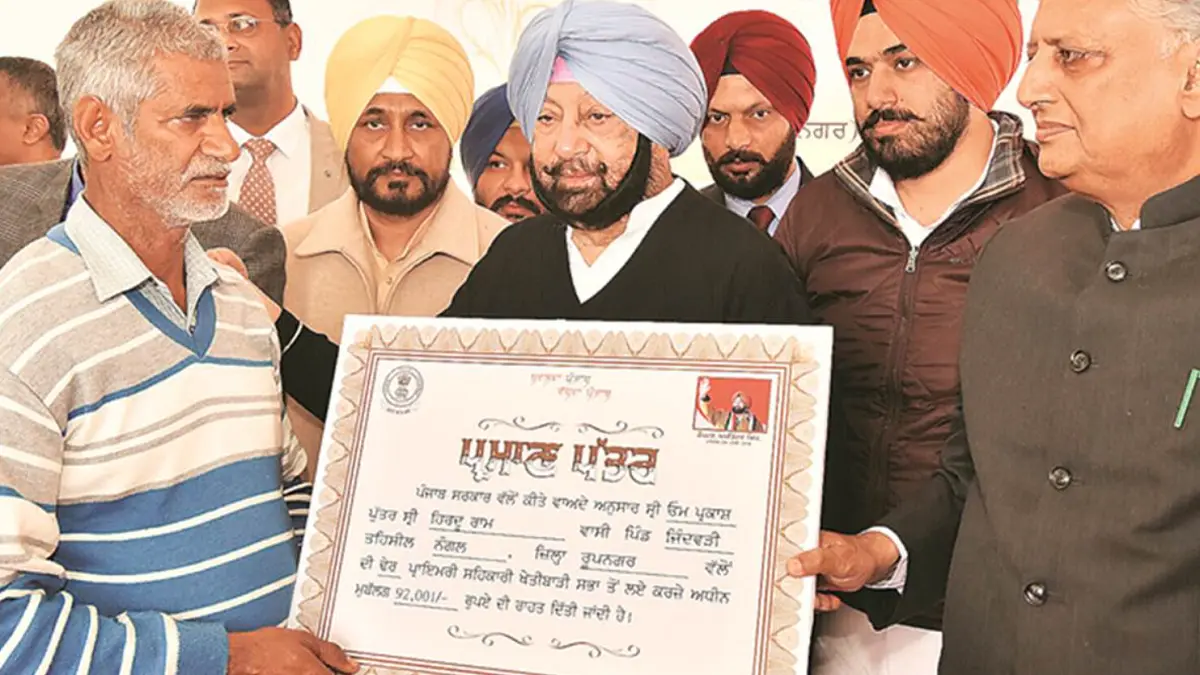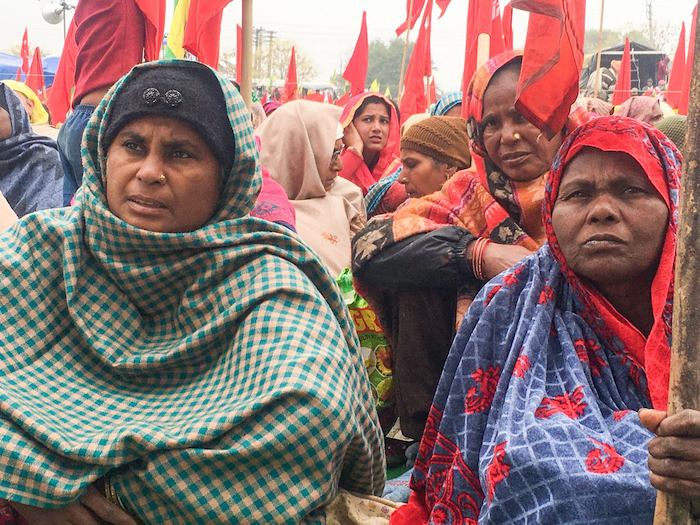On the Punjab Govt’s Debt Waiver for Farm Labourers
Provide panchayati land rent-free for cooperative farming

On July 14, 2021 the Punjab Government announced that it would hold a state level function on August 20 to waive the debt of agricultural labourers and landless farmers (pure tenants) of Punjab to the tune of Rs.590 crore.
Chief Minister Amarinder Singh said his government would waive debt worth Rs.590 crore of 2.85 lakh members of Primary Cooperative Societies, providing relief of Rs.20,000 per member.
Prior to the 2017 elections the Congress party had promised in its election manifesto and public speeches that it would waive all the institutional and non-institutional debt of Punjab’s farmers and agricultural labourers.
According to official data the Punjab government has waived only around Rs.4,624 crore. The promises made to agricultural labourers have not been fulfilled even partially.
According to various estimates, at present the farmers of Punjab are under institutional and non-institutional debt of around Rs.1 lakh crore. Rs.4,624 crore is a very meagre amount in comparison to the promises made by the Congress party to waive off the entire debt.
More heartbreaking is the fact that even this partial debt waiver was announced by publicly issuing cheques (of large size) to the farmers, leading to a publicised humiliation for their inability to repay loans.
The situation is like if a kid from a poor family was unable to pay the tuition fee for school and the school administration proudly announces it will waive only a fifth of the amount, then makes the kid hold a cardboard sign stating ‘School helped to pay fee’.
Given how the farmers have suffered humiliation and pity at the hands of government, with these 2021 claims of waiving the debt of agricultural labourers and landless farmers it would not be desirable to repeat the humiliating exercise again by holding a partial debt waiver function.

The number of landless farmers is steadily increasing in Punjab because agriculture has been turned into a loss-making proposition. Switching from agriculture to the non-agricultural sector in itself is tough, and there is a lack of employment opportunity in non-agricultural sectors too.
Marginal and small farmers are becoming landless by selling their small holdings to repay their debt and get rid of its burden on their heads. Some of them even become labourers. But most do not work in the villages, under the false pretext of sociocultural milieu.
They can be seen wandering in the labour squares of cities seeking employment on a daily basis. Some of these farmers lease in land on contract basis for cultivation, and when their agriculture is affected by natural calamities they eventually owe more debt.
And unfortunately, when all their hopes of life are dashed by the government and society, their mental strength becomes so weak they resort to taking their own lives.
Various surveys conducted in Punjab have revealed the fact that around 40% of the suicides committed by farmers and agricultural labourers in the state are of agricultural labourers.
The lowest rung of the ladder of the agricultural economy, the one that grinds the most, the one that breaks the most and the one that is beaten the most is the landless agricultural labourers. Their socioeconomic conditions are worse than in all the other categories of agriculture.
They are forced to face many unspeakable and unbearable problems.
A field survey was conducted under the leadership of Dr Gian Singh to study and analyse the various aspects related to debt and levels of living of farmers and agricultural labourers of Punjab for the year 2014-15, covering one village each out of 27 development blocks in all the three agro-climatic zones of Punjab. The survey covered 1,007 farming households and 301 agricultural labourer households.
At the time the average annual per household income of agricultural labourers in Punjab was Rs.81,452. Since the agricultural labourers are landless, they have no means of production other than selling their labour, so their labour in the agricultural sector is their main source of income.
Around 91% of the total household income of agricultural labourers in Punjab came from agricultural wages. The average per capita annual income of an agricultural labour household was Rs.16,735. The per capita annual consumption expenditure in these families was Rs.18,676 and most of it was spent on non-durable items.
Agricultural households in Punjab were spending Rs.112 on consumer goods for an income of Rs.100. It is clear that the agricultural labourers try to maintain a minimum level of consumption just to survive, whether they can afford it or not, for which they have to borrow and day by day their debt burden becomes heavier.
The survey revealed that an average indebted agricultural labour household in Punjab was under a debt Rs.68,330.
Of this debt, only 8.2% came from institutional sources (primary co-operative societies 3.3%, and commercial banks 4.9%) and the remaining 91.8% from non-institutional sources (large farmers 67.8%, relatives and friends 11.7%, traders and shopkeepers 9.4%, and moneylenders 2.9%).
As much as 52.1% of their total debt was at interest rates of 22-28%. Only 7.3% of their debt was at interest rates of 1-7%.
When agricultural labourers get a loan not just to survive, if the loan is not repaid due to their meagre income it becomes debt and a serious problem for them. This causes many other unspeakable and unbearable problems for this lower rung of the agriculture economy’s ladder.
The vast majority of agricultural labourers are from Dalit castes and most of them live in areas with poor facilities and even poorer conditions. Their living quarters are often called courtyards, with streets so narrow that if a woman is in labour pain, or a person has a heart attack or any other fatal attack or an accident, a vehicle can’t fit in the street.
Oftentimes they cannot afford to rent a vehicle because of their low income, but if someone out of the goodness of their heart wants to help them too, they can’t bring their vehicles because of the narrowness of the streets.

Agricultural labour households have one or two animals for their livelihood, which are often seen tied up in the streets or common areas outside their small houses. Women usually own the responsibility of daily care of these animals and rearing them. Women agricultural labourers go to the fields of the farmers to get hay for these animals, where dominant caste men often perpetrate abuse and rape on them.
Some of these families cannot even afford to buy livestock due to their low income. They take the calves on a shared basis from the relatively rich families for milking and the whole family works hard on them until they start milking.
The relatively high income families who give calves on adhiara (shared basis) eventually take the milking animals to their homes by paying some amount to poor agricultural labourers - once the animals are gone, they and their children are left scant of milk.
One-third of the Panchayati land in Punjab is reserved for people from Dalit castes on contract basis. It is not uncommon that big farmers take Panchayati land on contract in the name of Dalits, or increase the contract rate to such an extent that the needy agricultural labour households are barred from farming by leasing in Panchayati land on contract.
These labourers are beset by numerous other problems and difficulties day and night.
The Punjab government's announcement of debt waiver for agricultural labourers and landless farmers would be meaningful only if all their debts are waived, and their income is increased to such an extent that all the people belonging to these sections could respectively satisfy their basic needs of food, clothing, housing, education, healthcare, clean environment and social security.
If agricultural labourers and landless farmers want to start their own small business units other than wages/farming, they should have the facility to take interest free loans but in the meantime their income should be at least enough so that they can repay their loans on time. These loans shouldn't later become a debt due to the inability to pay them back.
To improve the socio-economic conditions of these sections, all those working under MGNREGA should be ensured employment throughout the year or as per their requirement. MGNREGA’s wage rate should not be less than the minimum wage rate set by the government.
The main purpose of income from the lands of village Panchayats and religious institutions is the welfare of the weaker sections of the society. In Sikhism it is considered ‘the mouth of the poor, the sphere (golak) of the Guru’.
It is the duty of governments and society to provide lands of Panchayats and religious institutions to these landless sections for cooperative farming, absolutely free of rent.
Apart from these resolutions, in order to raise the living standards of all the workers, the corporate and capitalist economic development model should be replaced by the pro-people and nature-friendly development model.
Dr Gian Singh is Former Professor, Department of Economics, Punjabi University, Patiala



